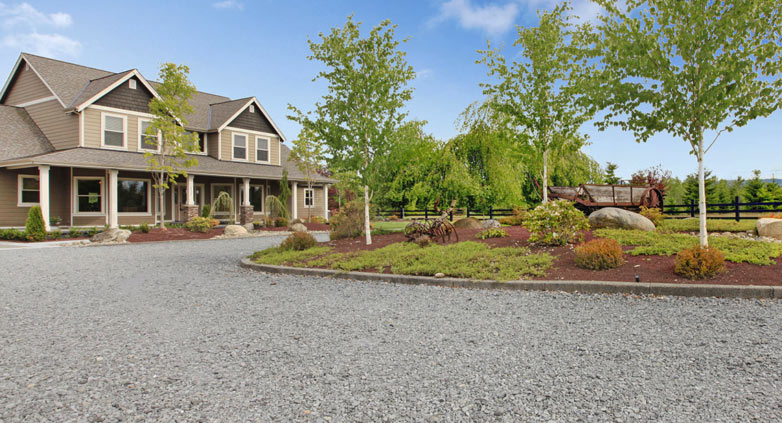Tar and Chip Driveway Last – Longevity Information Revealed
Tar and chip driveways, often chosen for their cost-effectiveness and rural charm, are becoming increasingly popular. But how long do these budget-friendly surfaces last?
A tar and chip driveway, when built and cared for correctly, can last from 7 to 10 years before requiring a new surface layer. The durability of this type of driveway hinges on sound construction, correct installation, and consistent upkeep. Common misconceptions or incorrect implementation often lead to problems, not necessarily the inherent qualities of the tar and chip technique.
Explore the nuances of tar and chip driveways, from cost benefits to maintenance tips, and debunk common myths about this durable surfacing option.
Construction Process of Tar and Chip Driveways
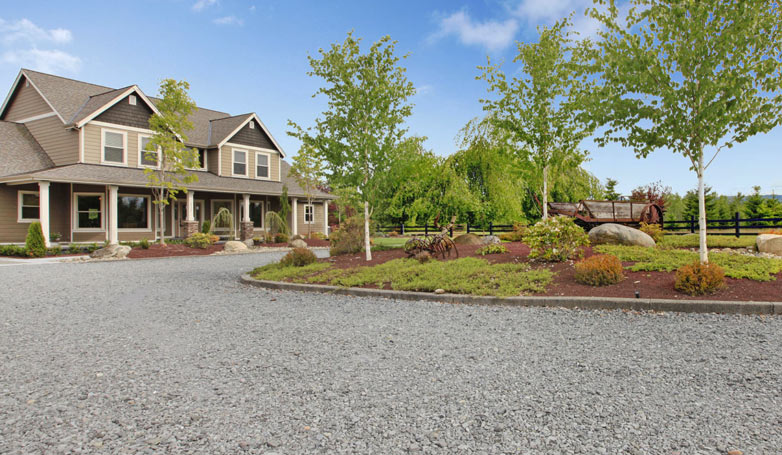
The construction of Tar and chip driveways is relatively straightforward compared to other driveway materials. The foundation, being the most crucial part, involves preparing a base layer that will support the driveway. This base usually consists of compacted dirt or stone, which is graded level and densely compacted, setting the stage for the Tar and chip process.
Application of Hot Liquid Bitumen
The initial step in the Tar and Chip process involves applying hot liquid bitumen asphalt. This application, depending on the driveway size, can be done using a machine or manually with a wand-like sprayer. The hot liquid bitumen acts as an adhesive layer for the chips.
Laying the Chips
After the application of hot liquid bitumen, the “chip” is applied. The chip material varies but commonly includes ground and chipped recycled asphalt or concrete, known as “filings.” The thickness of this layer is typically around half an inch, conforming to the specifications set by the contractor and homeowner.
Compacting and Layering
Once the stone or chosen material is spread over the hot tar, it’s compacted into the bitumen, either manually or by machine, to ensure a stable and uniform surface. In some cases, based on the specific Tar and Chip application and desired specifications, an additional layer may be added to enhance the driveway’s durability and appearance.
Ensuring Your Project is Done Right The First Time
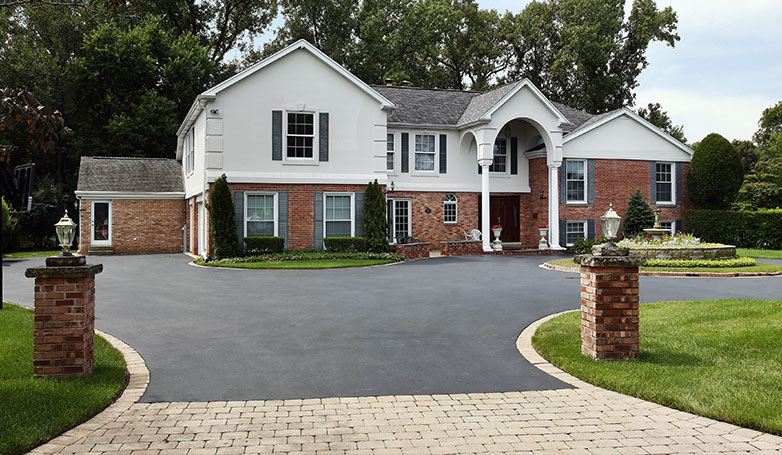
Finding a reputable contractor that is experienced in tar and chip applications is very important. Get at least two estimates, three is better. By the third estimate, you should be able to see the scope of the job, understand the basics of what needs to be done, what will be done, what and how much materials you will need and about how much it should cost.
A quality contractor may cost you a little bit more money but it is worth it in the long run.
You want to ensure that all the steps of the process are done- correctly, so that your driveway will last you as long as possible and save you some headaches a couple months down the road.
If you are Tar & Chipping over an existing surface, for example, a cracking asphalt driveway, that is 15 years old, be ready for some additional expenses in prepping the old surface . Still, it will be considerably less expensive than repaving or continuously repairing the old surface. A reputable company will be able to transform your driveway into your dream-way, in no-time.
Read more: Brick Driveway Edging
Characteristics of Tar and Chip Driveways
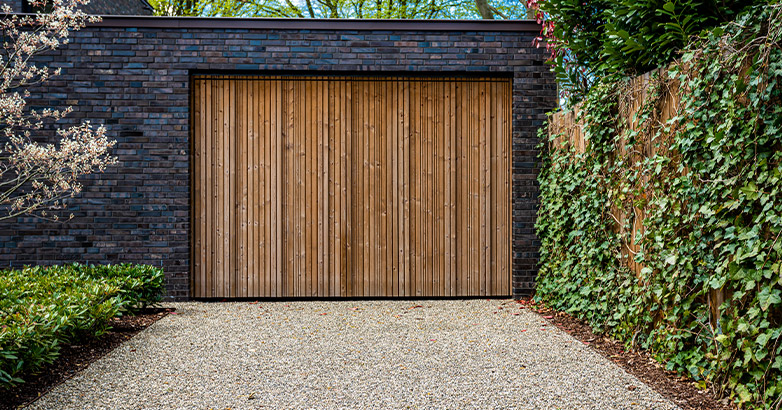
Tar and chip driveways offer a distinctive alternative to conventional paving options. They strike an appealing balance between cost-effectiveness and functionality, making them a popular choice for many homeowners.
Cost-Effectiveness
A key benefit of choosing a Tar and Chip driveway is its cost-effectiveness. This option stands out as more affordable than alternatives such as asphalt or concrete, offering a cost-efficient solution while still maintaining quality.
Traction and Weather Resistance
They are known for their excellent traction, especially in inclement weather conditions. The textured surface of the chips provides a better grip underfoot, reducing the risk of slips and falls, and making it a safer option during rainy or snowy weather.
Customization Options
One of the unique features of this type of driveways is the wide range of customization they offer. Homeowners can choose from various materials for the chips, including different colors and sizes, to match their aesthetic preferences. While the possibilities are not endless, the array of choices allows for significant personalization of driveway appearance.
Ease of Adding Layers
The structure of these driveways allows for the easy addition of layers. This feature is particularly beneficial for maintenance or when a refresh of the driveway’s appearance is desired. Adding layers can be done quickly and efficiently, ensuring minimal disruption and extended driveway longevity.
Versatility in Application
Tar and chip driveways can be applied over various surfaces, making them an adaptable option for different settings. This versatility means that they can be used to resurface old driveways or applied over different foundational materials.
Resurfacing Old Driveways
An appealing aspect is the ability to resurface existing driveways with this method. It’s a viable option for revitalizing an old, worn-out driveway. However, it’s crucial to engage a reputable contractor to address any underlying issues such as weak or damaged areas before resurfacing. Proper preparation ensures the durability and effectiveness of the Tar and Chip application.
Downfalls of Tar and Chip Driveways
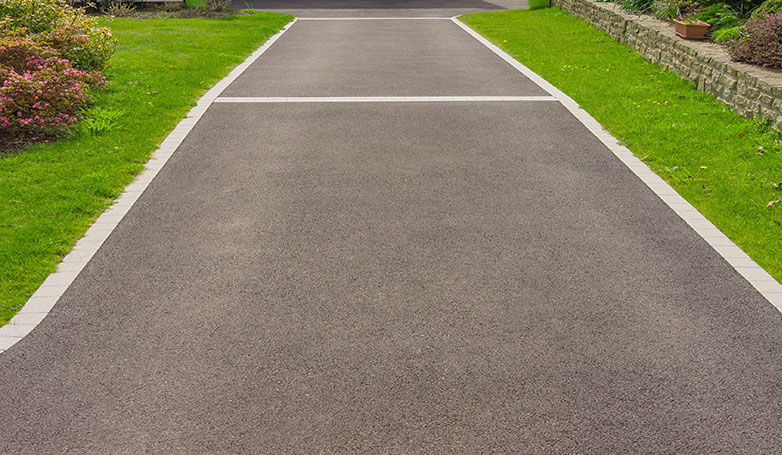
While tar and chip driveways offer a unique aesthetic and are a cost-effective paving solution, they do come with certain limitations that need consideration. Below, we explore some key challenges associated with this type of driveway, ensuring you have all the information to make an informed decision.
Understanding Maintenance Requirements
When considering driveway surfaces, it’s important to note that tar and chip variants require more upkeep compared to other materials, except for basic options like dirt or gravel. This fact is essential for homeowners to understand when selecting the right material for their driveways.
Resurfacing Frequency and Longevity Concerns
One key aspect to remember is that these driveways typically need resurfacing about every decade. This is due to their quicker deterioration rate compared to alternatives like asphalt or concrete. Such a trait implies that, over time, the overall cost to maintain a tar and chip driveway might exceed that of more durable materials.
Comparative Overhead Costs
While initial installation might be cost-effective, the long-term financial commitment due to frequent maintenance should be a consideration for those contemplating this option for their driveways. The aggregate expense over the years can surpass that of maintaining asphalt or concrete surfaces.
By understanding these nuances, homeowners can make informed decisions that align with their long-term objectives and budget considerations.
FAQs about Tar and Chip Driveway Last
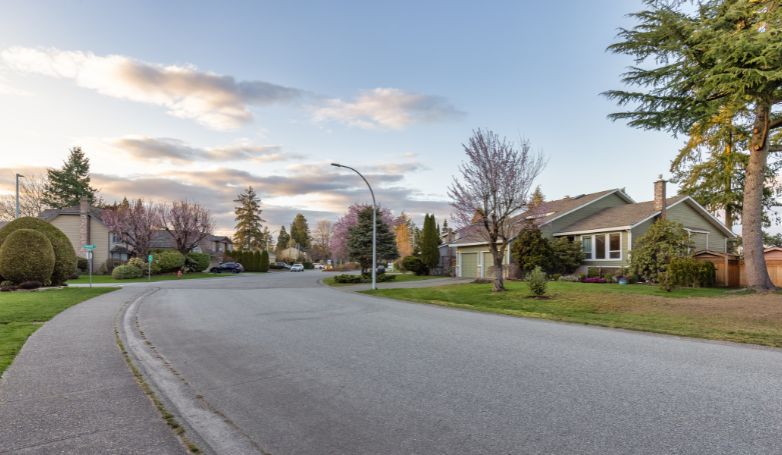
Let’s dive into some frequently asked questions about tar and chip driveways, addressing common queries and concerns to help you make informed decisions for your paving needs.
Is tar and chip good for a driveway?
Absolutely! Tar and chip driveways offer a unique blend of durability and aesthetic appeal. They’re particularly great if you’re aiming for a more rustic look. Plus, their rough texture provides excellent traction, which is a bonus for areas that experience icy or wet conditions.
Is tar-and-chip worth it?
It sure does. When you weigh the costs against the benefits, tar-and-chip driveways are a win. They’re less expensive than asphalt or concrete and offer a charming, distinctive appearance. Maintenance might be a bit more frequent, but the overall cost-effectiveness is hard to beat.
Can you pour concrete over tar and chip?
Technically, yes, you can lay concrete over a tar and chip driveway. However, it’s not a straightforward process. The key is ensuring that the existing surface is stable and capable of supporting the concrete layer. It’s always wise to consult with a paving expert to ensure the best approach for long-lasting results.
Conclusion
In conclusion, a well-constructed and maintained tar and chip driveway can last 7 to 10 years. The construction process involves applying hot liquid bitumen and a layer of chips, offering cost-effectiveness, traction in various weather conditions, and customization options. Finding a reputable contractor is crucial for longevity. While tar and chip driveways may not outlast other surfaces, initial savings allow for future resurfacing.
Despite their appeal, they require more frequent maintenance, prompting consideration of long-term costs. Understanding these nuances empowers homeowners to make informed decisions aligning with both aesthetics and budget considerations.

